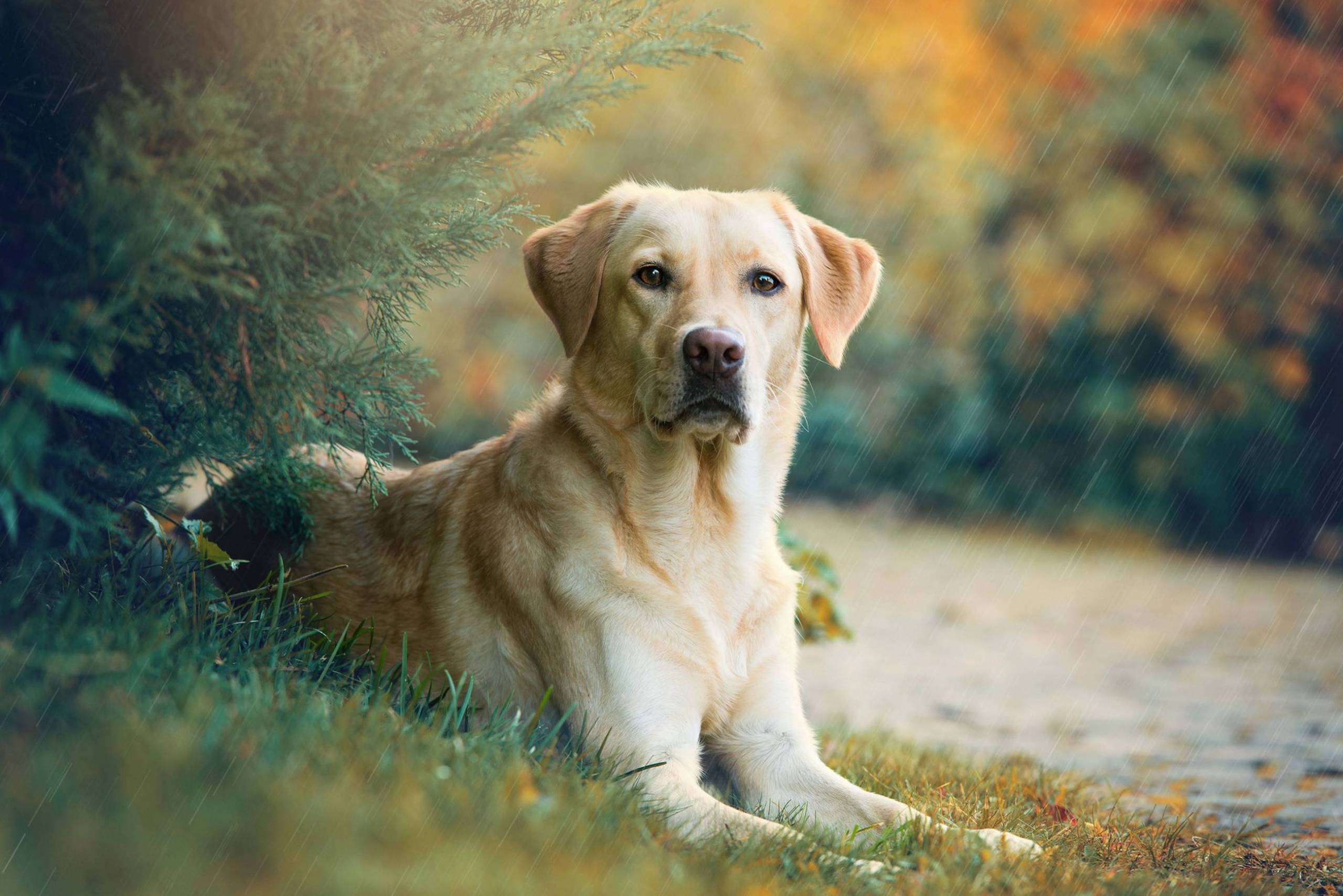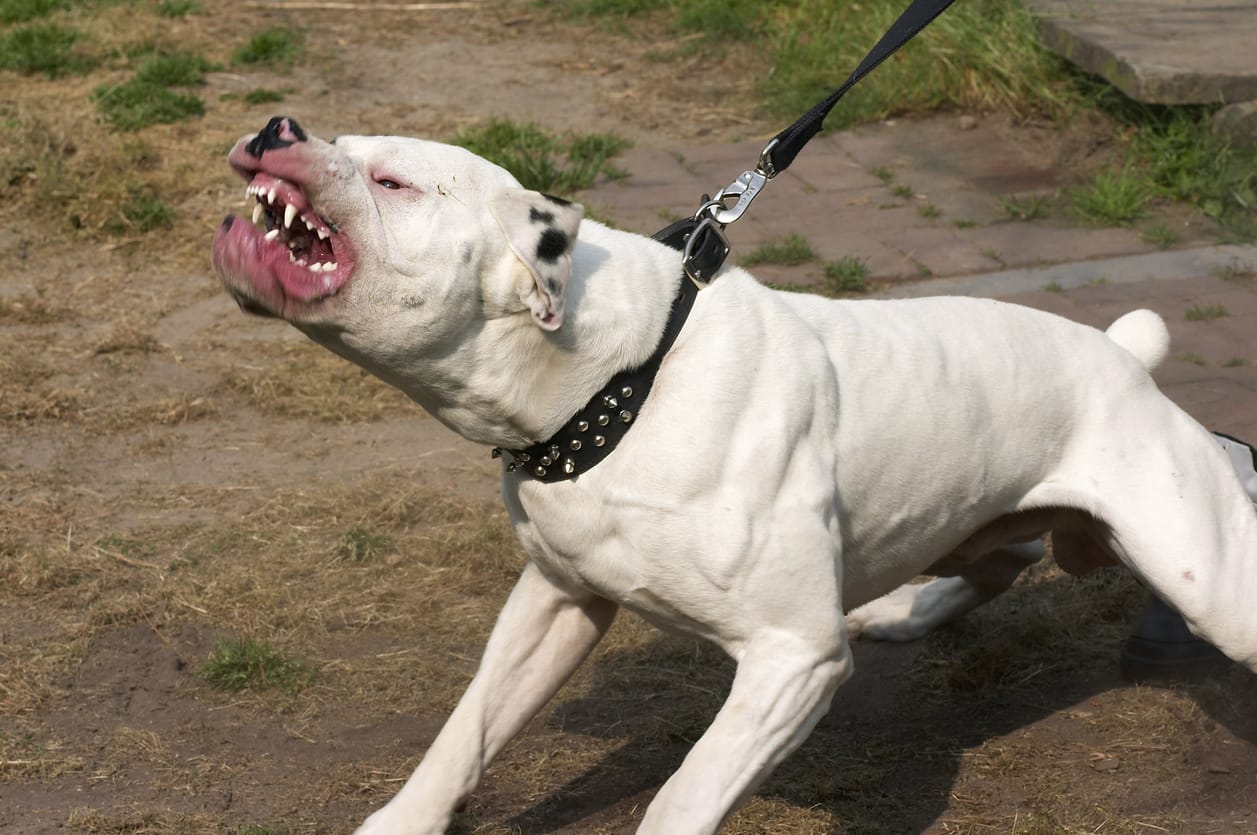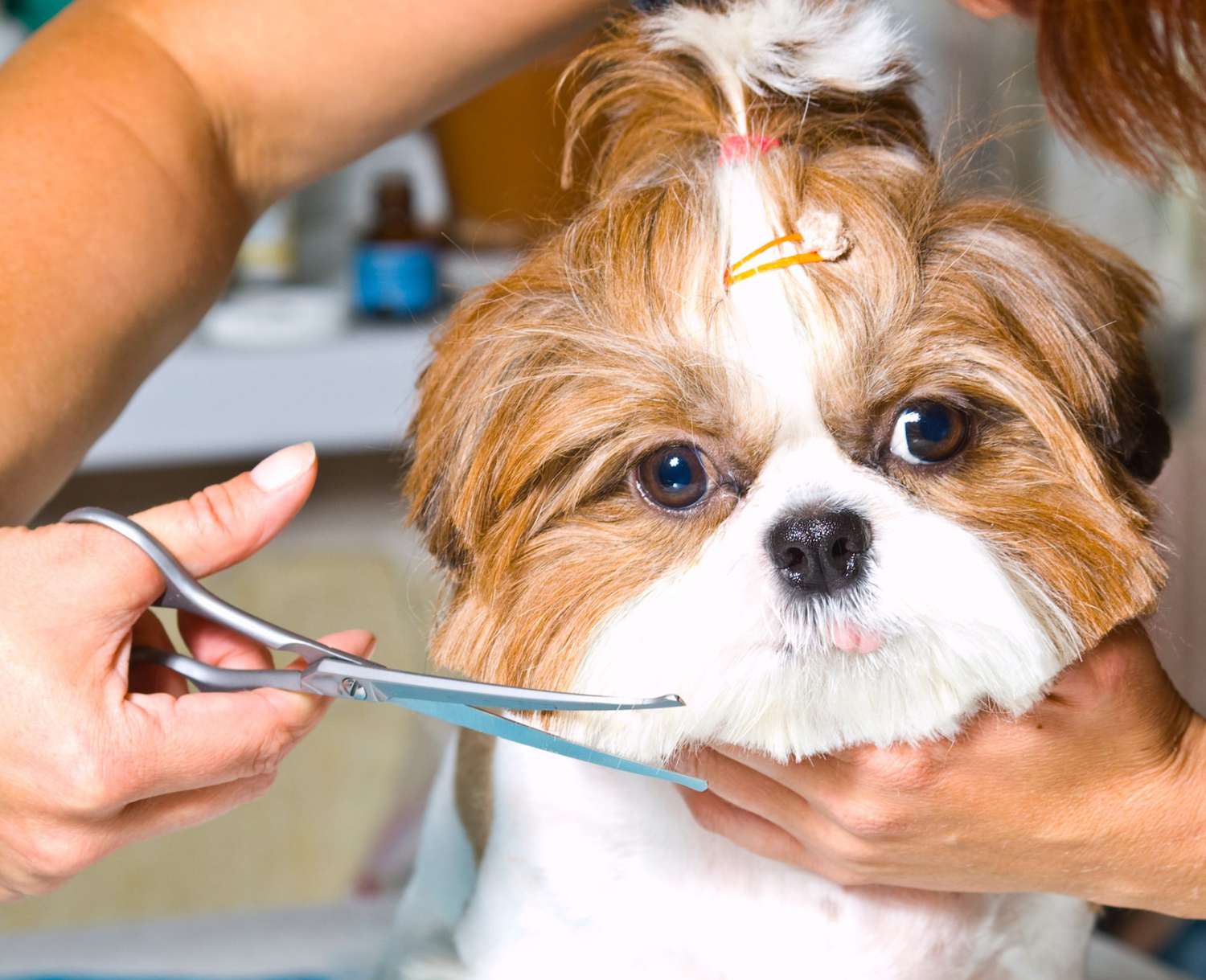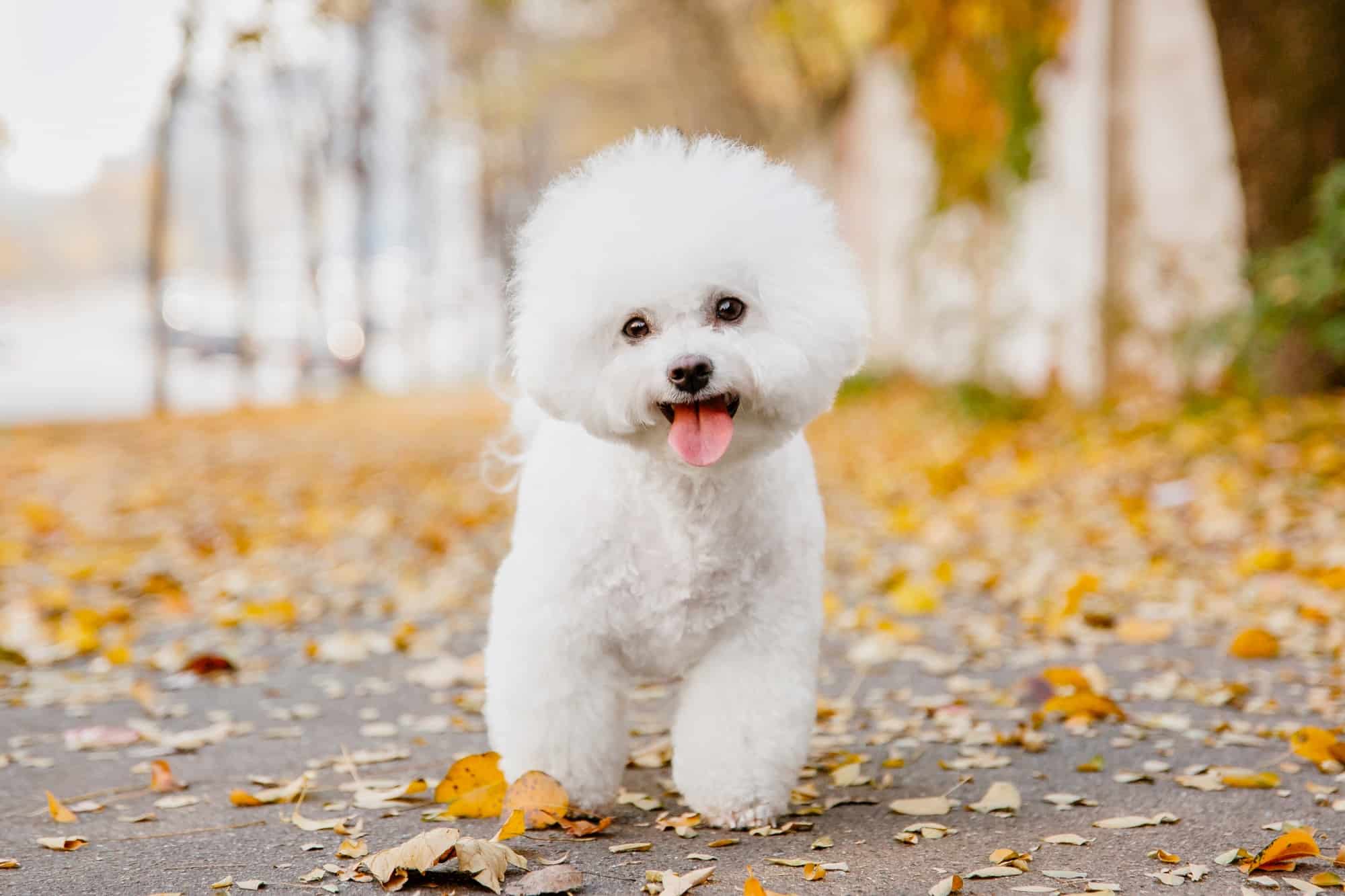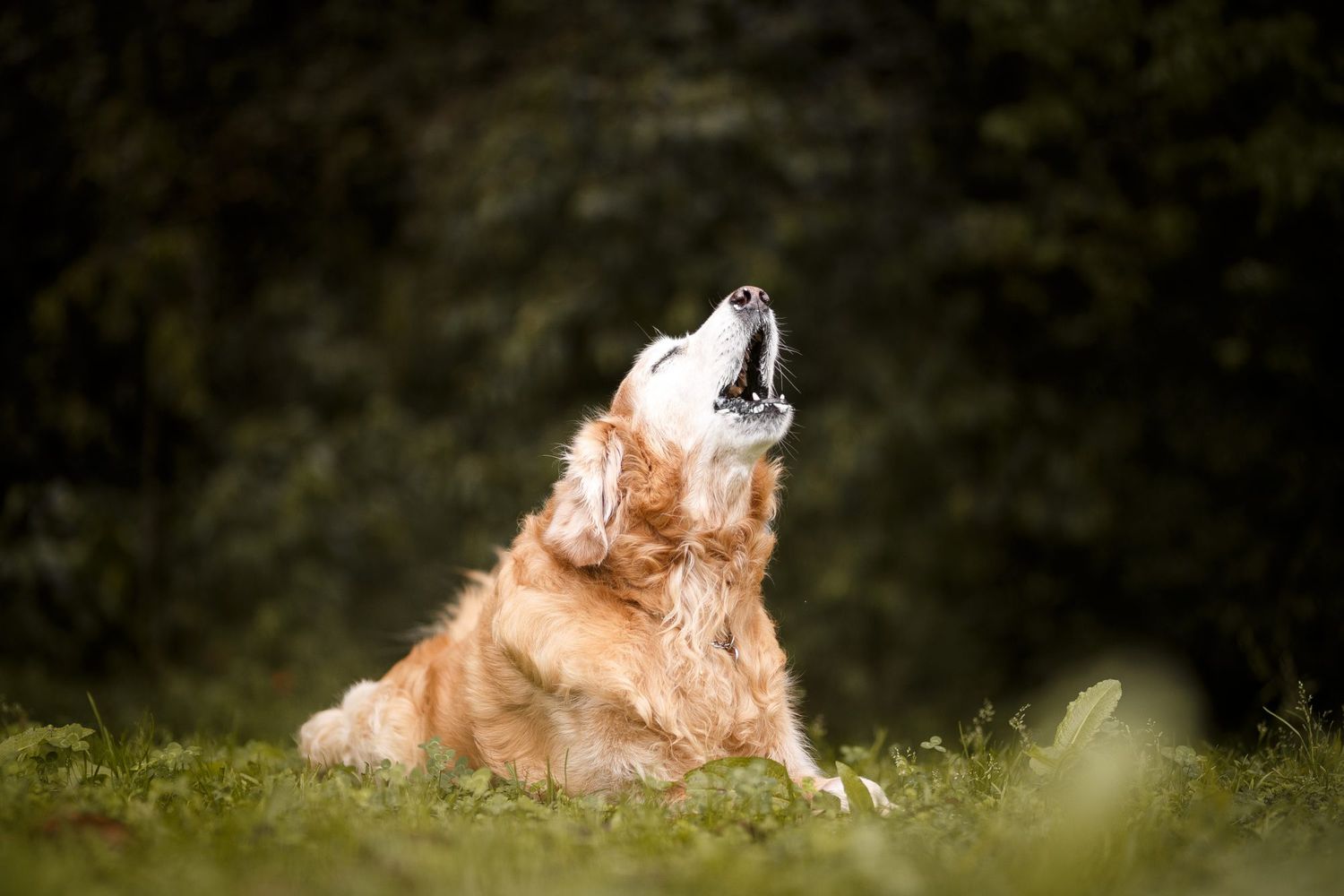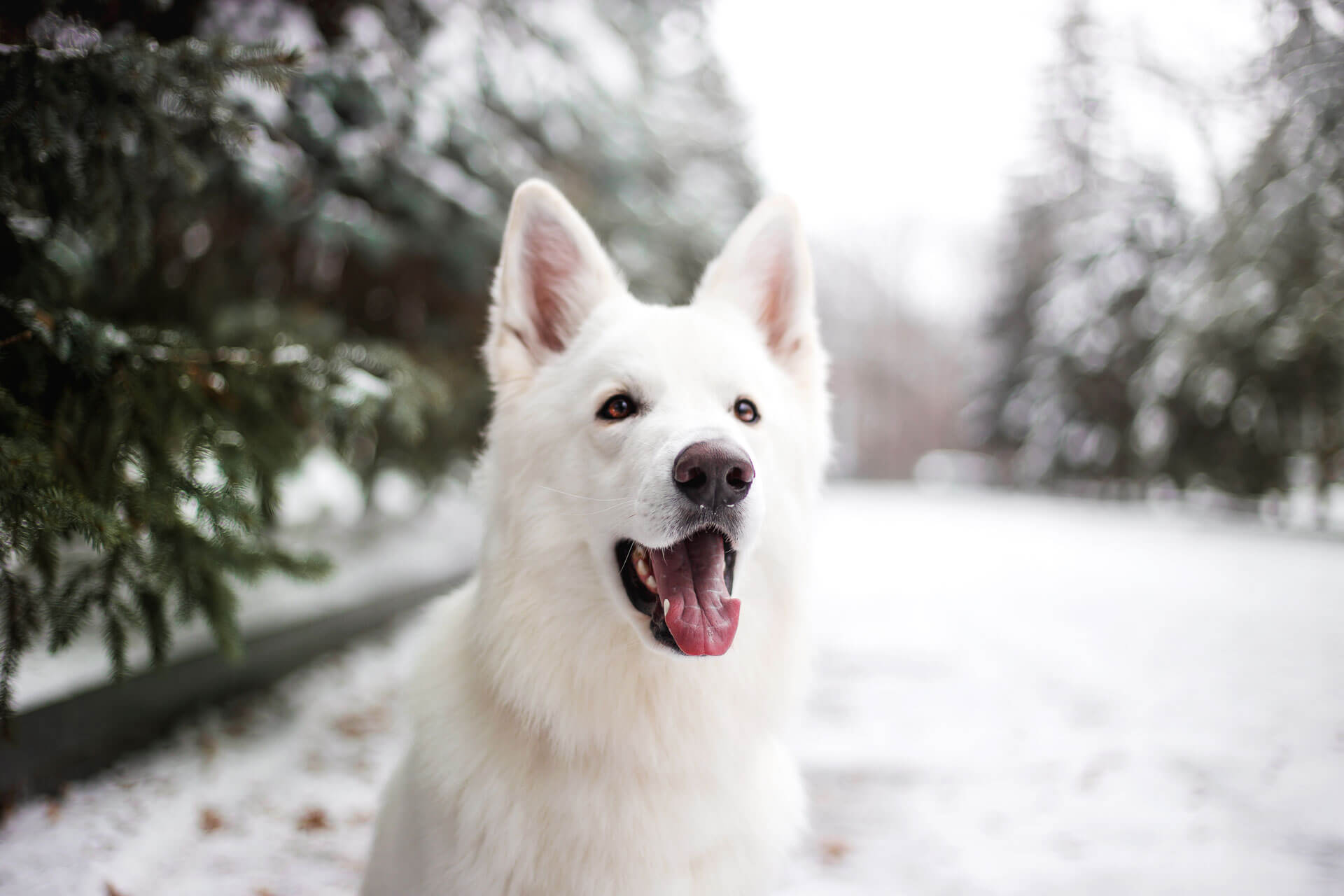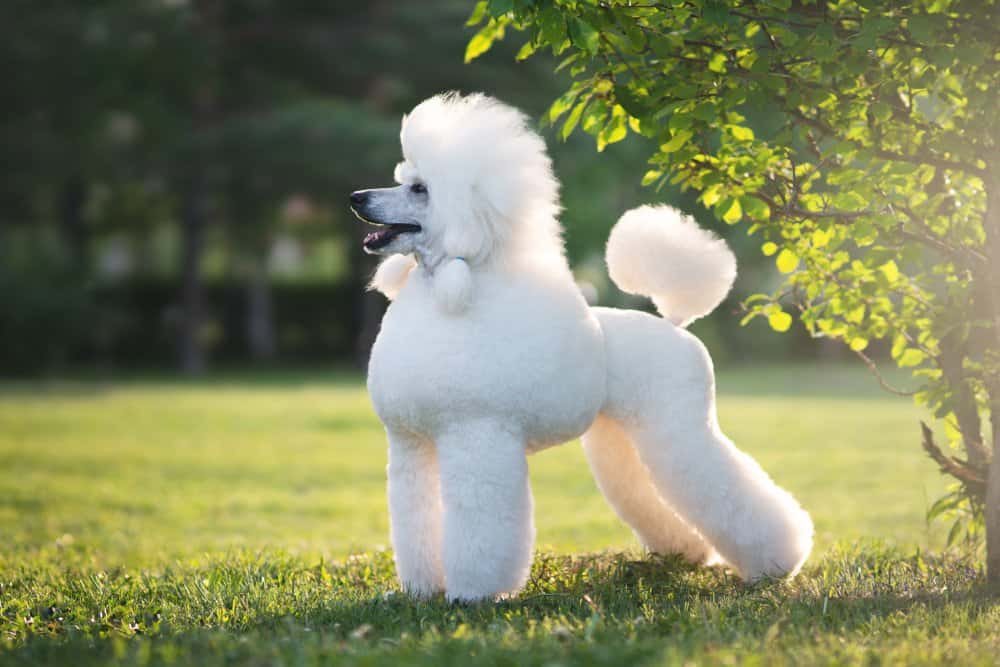Dogs come in all shapes and sizes, from the tiny Chihuahua to the massive Great Dane. However, some dog breeds are so unique that they stand out from the rest. These breeds have unusual appearances, behaviors, or histories that make them some of the strangest dogs in the world.
In this article, we will explore the top 8 strangest dogs according to various sources. From hairless pups to climbing canines, these dogs are sure to surprise and delight you.
You are reading: Top 8 Strangest Dogs

Top 8 Strangest Dogs
Xoloitzcuintli (Xolo)

The Xoloitzcuintli, also known as the Mexican hairless dog, is one of the most unique dog breeds in the world. This breed has been around for over 3,000 years and is believed to have been created by the god Xolotl in ancient Aztec narratives.
The Xolo comes in three sizes: toy, miniature, and standard, and can be either hairless or coated in fur. They are highly intelligent, calm, and loyal dogs that make great companions and watchdogs.
The Xoloitzcuintli has been gaining popularity in recent years, with increased representation in popular culture and as a pet. Despite their unusual appearance, Xolos are known for their good health and long lifespan of 13-18 years.
Chinese Crested

The Chinese Crested is a small breed of dog that comes in two varieties: hairless and coated. The hairless variety has smooth, soft skin, while the coated variety has a full coat of fur. Both varieties can be born in the same litter. The breed is fine-boned, with almond-shaped eyes and large, erect ears.
The Chinese Crested is considered a toy breed, weighing on average 10-13 pounds and standing between 11 and 13 inches tall. The breed is known for its affectionate and playful personality, making it a great family pet.
However, due to its lack of protective hair, it can get injured easily and should be handled with care around children. The Chinese Crested is a rare breed, but has gained popularity in recent years.
Bedlington Terrier
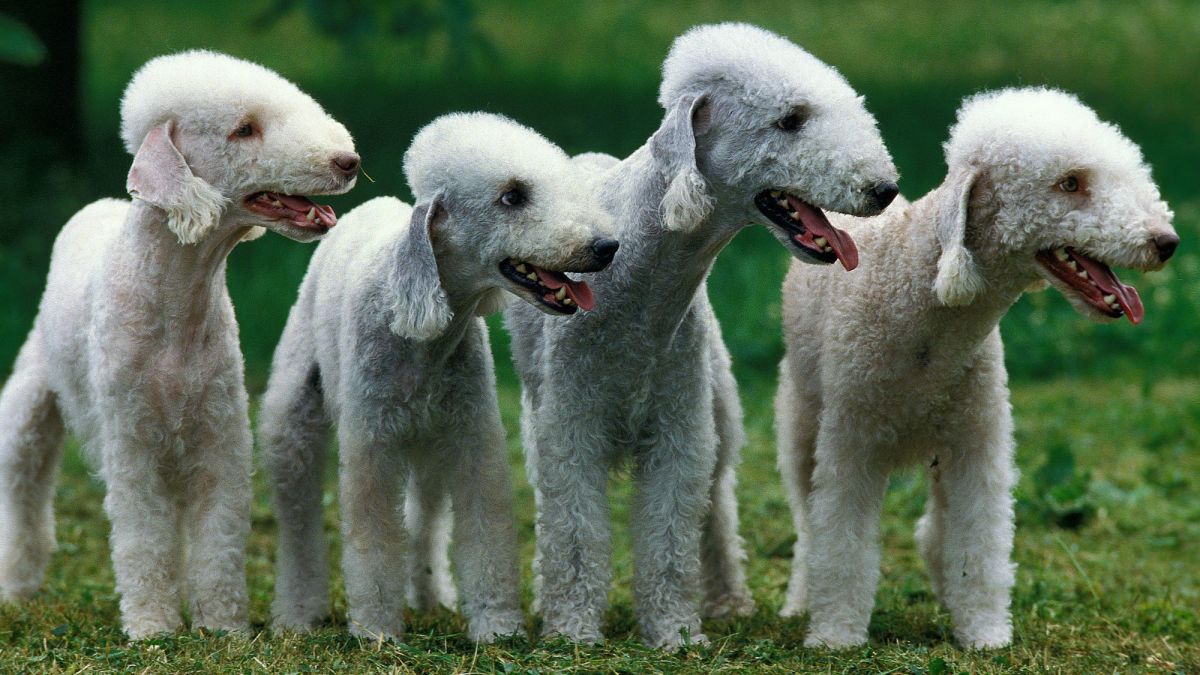
The Bedlington Terrier is a small breed of dog named after the mining town of Bedlington, Northumberland in North East England. Originally bred to hunt vermin, the Bedlington Terrier has since been used in dog racing, numerous dog sports, as well as in conformation shows and as a companion dog.
Read more : Everything To Know About The 3 Types Of Ridgeback Dog Breeds
The breed is closely related to the Dandie Dinmont Terrier, Whippet, and Otterhound. The Bedlington Terrier has a unique appearance, often described as resembling a little lamb. The breed has a pear-shaped head, almond-shaped eyes, and triangular ears with rounded tips.
Bedlingtons come in a variety of colors, including blue, liver, and sandy. They are affectionate, gentle, and loyal dogs that make excellent family pets.
Bedlington Terriers are known for their sweet disposition and playful personalities, but can be aggressive towards other dogs of the same sex and small furry animals. They are a hardy breed with moderate activity levels and are capable of running at high speeds.
The breed is generally healthy, but has a high incidence of copper toxicosis.
Affenpinscher
The Affenpinscher, also known as the Monkey Terrier, is a small-sized terrier-like toy Pinscher breed of dog that originated in Germany.
The breed generally weighs between 3 to 6 kilograms (7–13 lb) and stands 23 to 30 centimeters (9 to 12 in) tall at the withers.
The Affenpinscher has a harsh, rough coat when it is not clippered, but if clippered, it can be softer and fluffier. Its coat is shaggier over the head and shoulders, forming a mane, with a shorter coat over the back and hindquarters.
The breed has a notable monkey-like expression, which is where its name comes from. Affenpinschers have a distinct appearance that some associate with terriers, but they are actually part of the “Group 2, Section 1: Pinschers and Schnauzers” in the FCI classification. They are active, adventurous, curious, and stubborn, but they are also fun-loving and playful.
The breed is confident, lively, affectionate towards family members, and is also very protective of them. The Affenpinscher is an excellent watchdog who fears nothing and takes seriously its duty to guard home, family, and territory. This loyal little dog enjoys being with its family and needs consistent, firm training.
Puli
The Puli is a medium-sized Hungarian herding dog that is known for its unique appearance. Here are some characteristics of the Puli breed according to various sources:
– The Puli has a distinctive long, corded coat that resembles dreadlocks.
– The breed is intelligent, energetic, and hardworking.
– The Puli is loyal to its family and enjoys being with them.
– They are affectionate and playful, but also require vigorous exercise and lots of playtime.
– The breed is suspicious of strangers and makes a good watchdog.
– Many Pulik are vocal and like to bark.
– The Puli is a strong-willed dog that requires a firm but kind owner.
– The breed is generally healthy, but has specific grooming requirements due to its unique coat.
– The Puli is a solid-colored dog that is usually black, but can also be white, gray, or cream.
– The breed is about 16.5 inches tall at the withers and weighs between 23-25 pounds for females and slightly more for males.
– The Puli is a sporty and agile dog that can do well in various dog sports.
Overall, the Puli is a unique and fascinating breed that is sure to turn heads with its distinctive appearance.
Lowchen
The Lowchen, also known as the Little Lion Dog, is a small breed of dog that originated in Europe, possibly France in particular. The breed was once one of the rarest dogs in the world, with only 65 registered examples of the breed in 1973.
Today, the breed generally has fewer than a few hundred new registrations each year worldwide. The Lowchen is a compact companion breed with slightly off-square proportions and balanced moderate angles in the front and rear. The silhouette of the breed calls for a long mane in the front with a flat topline.
Read more : Discover The Top 9 Largest Husky Breeds
The Lowchen tail should be set coming off the topline and be over the back in the shape of a teacup handle in movement. The breed is known for its affectionate, energetic, and protective personality, making it a great family pet.
Lowchens are active, curious, and playful dogs that need a decent amount of daily exercise and plenty of enrichment around the home. They are intelligent, fearless watchdogs and will often alert bark if they see something or someone suspicious.
The Lowchen is an adaptable little dog that can make a fantastic pet for most families.
Cambodian Razorback Dog
The Cambodian Razorback Dog is a rare breed of dog that is native to a small area of Cambodia. Here are some characteristics of the breed according to various sources:
– The Cambodian Razorback Dog is a long-haired ridgeback dog that is larger and more powerful than other ridgeback dogs.
– The breed is muscular, active, and agile, with a powerful build for its size.
– The Cambodian Razorback Dog has a short, deep, and broad skull with a long ridge on its back that is usually over 2 inches long.
– The breed is known for its loyalty, intelligence, and protective nature.
– Cambodian Razorbacks are rare and not well-known outside of their native region.
– The breed is not recognized by any major kennel clubs.
– Cambodian Razorbacks are used as hunting dogs in their native region, where they are known for their ability to track and capture prey.
– The breed has a long history in Cambodia and is considered an important part of the country’s cultural heritage.
– The Cambodian Razorback Dog is a powerful and unique breed that is sure to turn heads with its distinctive appearance and history.
Overall, the Cambodian Razorback Dog is a fascinating and rare breed that is worth learning more about for those interested in unique and lesser-known dog breeds.
Norwegian Lundehund
The Norwegian Lundehund is a small dog breed of the Spitz type that originates from Norway. The breed was originally used for hunting puffin birds along the Norwegian coast as food for over 400 years.
Here are some characteristics of the breed according to various sources:
– The Norwegian Lundehund has a rectangular Spitz type body with several unique phenotypical traits.
– They have a great range of motion in their joints, allowing them to fit into and extricate themselves from narrow passages and tunnels.
– Dogs of this breed are able to bend their head backwards along their own spine, similar to New Guinea singing dog, Bornean dingo, and Australian dingo, and turn their forelegs to the side at a 90-degree horizontal angle to their body, much like human arms.
– Their pricked, upright ears can be folded shut to form a near-tight seal by folding forward or backward, protecting them from dirt and parasites.
– The Norwegian Lundehund is a polydactyl: instead of the normal four toes per foot, the Lundehund normally has six toes, all fully formed, jointed, and muscled.
– The breed is friendly, active, and companionable, with an alert but friendly temperament.
– They are intelligent and can be trained for agility, but can be tough to housetrain.
– The Norwegian Lundehund is a rare breed, with fewer than a few hundred new registrations each year worldwide.
– The breed is generally healthy, but has some odd characteristics that other breeds do not have, such as joints in the nape of the neck and extremely flexible shoulder joints.
– The Norwegian Lundehund is a unique and fascinating breed that is sure to turn heads with its distinctive appearance and history.
FAQS
1. What makes these dogs so strange?
These dogs are considered strange due to their unique appearance, behavior, or history. Some have unusual physical features, while others have been bred for specific purposes that make them stand out from other breeds.
2. Are these dogs good pets?
Most of these dogs can make great pets, but it’s important to research each breed’s specific needs and temperament before adopting one. Some of these breeds may require more exercise or grooming than others, and some may not be suitable for families with small children or other pets.
3. Are these breeds recognized by major kennel clubs?
Some of these breeds are recognized by major kennel clubs, while others are not. For example, the Chinese Crested and Bedlington Terrier are recognized by the American Kennel Club (AKC), while the Cambodian Razorback Dog and Norwegian Lundehund are not.
4. Are these breeds healthy?
Most of these breeds are generally healthy, but some may have specific health concerns that potential owners should be aware of. For example, the Bedlington Terrier has a high incidence of copper toxicosis, while the Norwegian Lundehund has unique joint and muscle characteristics.
5. Where can I find one of these breeds?
Some of these breeds are rare and may be difficult to find. Potential owners should research reputable breeders or rescue organizations that specialize in these breeds. It’s important to avoid purchasing dogs from puppy mills or other unethical sources.
6. What are some other interesting dog facts?
There are many interesting facts about dogs, such as their incredible sense of smell, unique physical abilities, and important roles in human history. For more fun dog facts, check out resources like National Geographic Kids or the American Kennel Club.
Source: https://petstutorial.com
Category: DOGS


